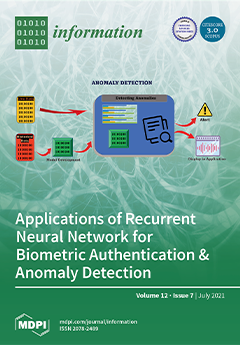How to exploit the incredible variety of
JSON data sets currently available on the Internet, for example, on Open Data portals? The traditional approach would require getting them from the portals, then storing them into some
JSON document store and integrating them within
[...] Read more.
How to exploit the incredible variety of
JSON data sets currently available on the Internet, for example, on Open Data portals? The traditional approach would require getting them from the portals, then storing them into some
JSON document store and integrating them within the document store. However, once data are integrated, the lack of a query language that provides flexible querying capabilities could prevent analysts from successfully completing their analysis. In this paper, we show how the
J-CO Framework, a novel framework that we developed at the University of Bergamo (Italy) to manage large collections of
JSON documents, is a unique and innovative tool that provides analysts with querying capabilities based on fuzzy sets over
JSON data sets. Its query language, called
J-CO-QL, is continuously evolving to increase potential applications; the most recent extensions give analysts the capability to retrieve data sets directly from web portals as well as constructs to apply fuzzy set theory to
JSON documents and to provide analysts with the capability to perform imprecise queries on documents by means of flexible soft conditions. This paper presents a practical case study in which real data sets are retrieved, integrated and analyzed to effectively show the unique and innovative capabilities of the
J-CO Framework.
Full article





